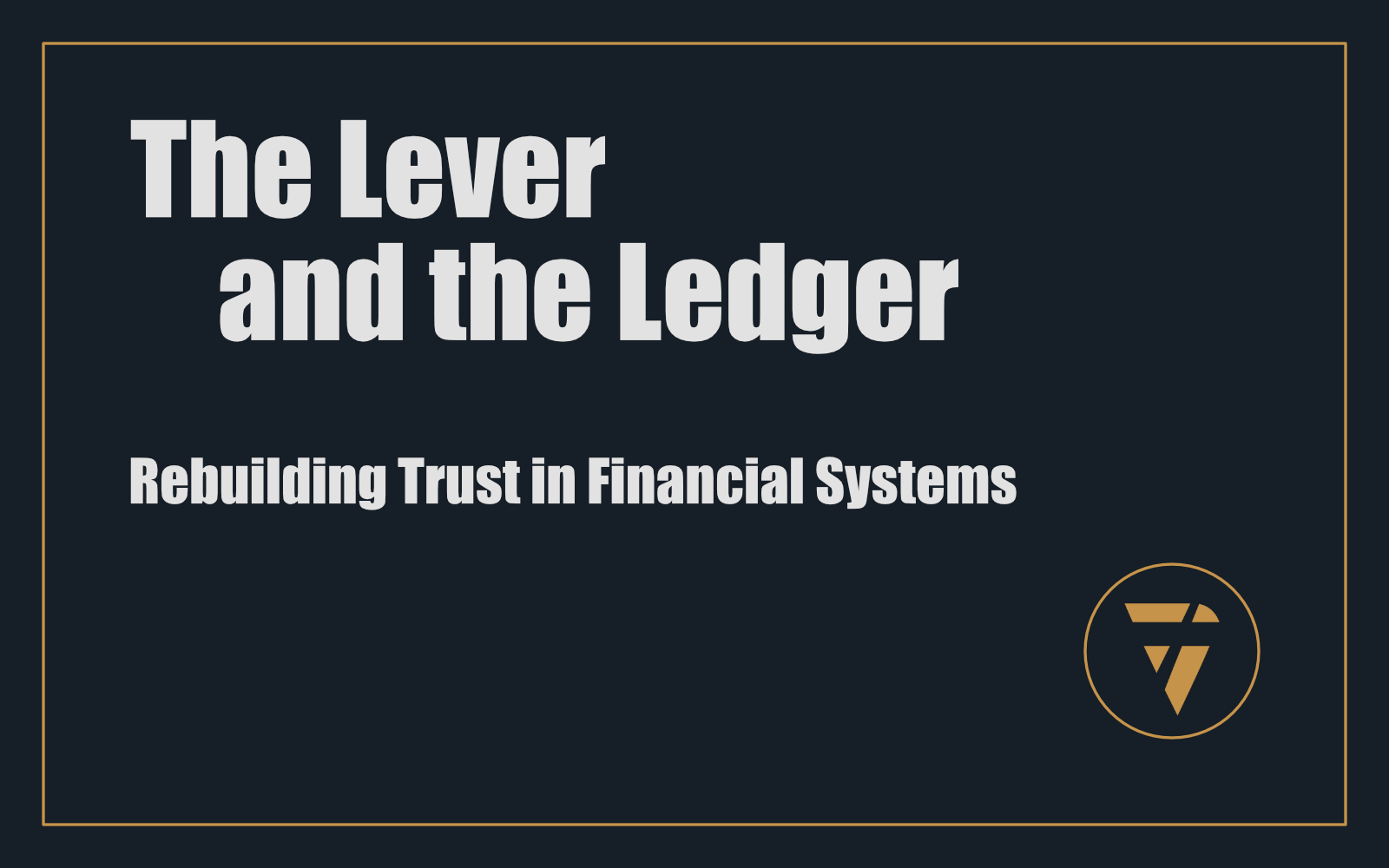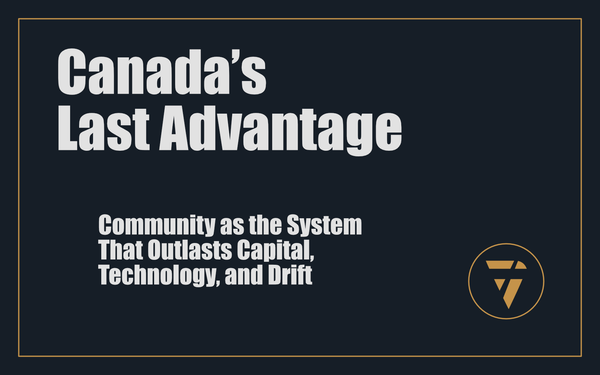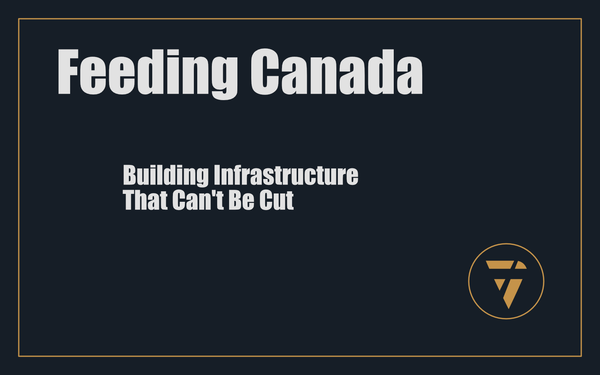The Lever and the Ledger

Rebuilding Trust in Financial Systems
There’s a quiet collapse underway.
Not of markets. Not of currencies.
But of trust.
The kind of trust that built banks, backed governments, and justified entire economic systems.
And it’s not coming back.
Not because people are cynical.
Because the systems themselves are no longer worthy of belief.
We’ve reached a point where clarity is rare, alignment is fragile, and the institutions that hold power have become too complex to be held accountable.
That’s not just a political problem.
It’s a financial one.
Because trust is not an emotion, it’s an asset.
And once that asset devalues, everything else becomes unstable.
The Illusion of Protection
For decades, we were told that structure meant safety.
That compliance equaled integrity.
That big meant secure.
That scale guaranteed durability.
But inside that illusion:
- Retail investors were the last to know and the first to lose
- Founders were pushed to raise fast, spend faster, and explain nothing
- Institutions paid fines instead of fixing fraud
- Capital moved without clarity, and the consequences landed downstream
This isn’t risk. This is rot.
And you don’t fix rot with a rebrand.
You fix it with structure that earns trust.
Trust Is Not a Promise. It’s a Design.
If your financial system requires you to believe in the people running it, it’s already flawed.
True trust comes from architecture.
From systems that:
- Automate clarity
- Encode alignment
- Protect downside without obscuring truth
- Make consequence visible, not optional
We don’t need more belief in the system.
We need systems that no longer require belief.
Because when structure is right, trust is not emotional, it’s logical.
Capital Without Architecture Is Just Theatre
This is the deeper problem.
Most capital systems today are performative.
They exist to satisfy optics, not enable true alignment.
They rely on relationships instead of rules.
And they reward opacity as a moat, instead of treating transparency as leverage.
If you’re still building funds, deals, or platforms without codifying:
- Ownership structures
- Value distribution
- Incentive alignment
- Exit logic
- Systemic guardrails
Then what you’re really building is risk without accountability.
The next wave of financial leadership won’t come from louder pitch decks.
It’ll come from quieter systems, built for systemic integrity, not just efficiency.
What Comes Next
We are moving into an era of intentional infrastructure.
The organizations, founders, and investors who win will be those who:
- Build trust structurally, not socially
- Design systems that scale responsibility, not just revenue
- Align capital flows with stakeholder clarity, not just quarterly optics
- Treat transparency not as a liability, but as a multiplier
This isn’t idealism. It’s the next operating system for finance.
Because we’ve seen what happens when you scale money without meaning.
Now we build the opposite.
Quietly. Precisely. Permanently.
If you’re ready to stop operating inside the theatre of finance, and start building systems that actually hold, let’s move.
Your future won’t be powered by belief.
It’ll be powered by architecture.
And that future is waiting.
This is what I’m working on. Tell me what you think, I enjoy the conversation! Subscribe and follow the work in real time.
Thanks!
B

Trust isn’t coming back.
Not because people are broken, because the systems are.
The future of finance won’t be built on belief.
It’ll be built on architecture.
PS -






